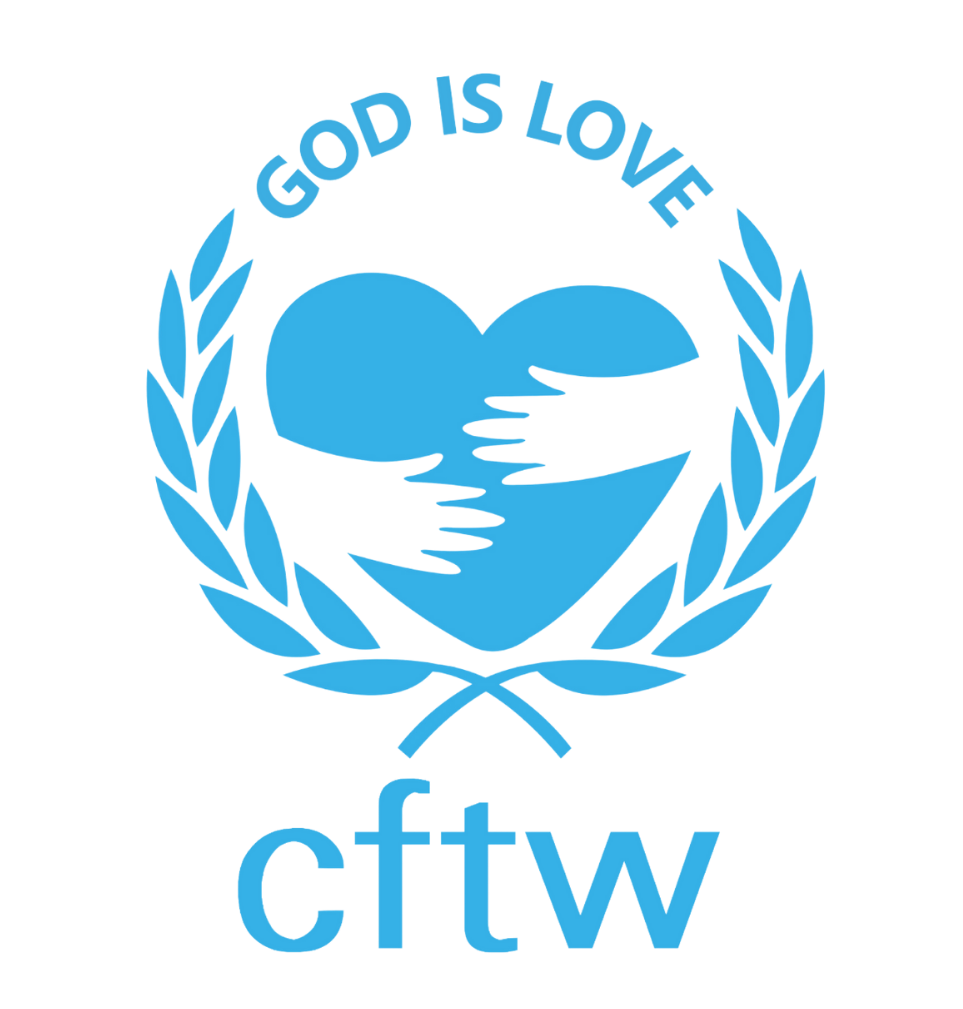The recent COVID-19 pandemic that has swept the globe has caused dramatic, lasting changes in all regions—first world or developing country, peaceful or stricken with conflict, countries around the world have had to adapt quickly. First suspected in late 2019, the coronavirus situation has continued to develop, and the vaccine is still not currently available as of late 2020. It is unclear when such a measure may be widely accessible to the public; in the meantime, the world must continue addressing the crisis through mitigation and responsible activity.
As lockdown measures begin to ease, the international community must consider how these actions will affect the world’s most vulnerable populations. One such concern is with Sub-Saharan Africa, which is likely not ready to bear the brunt of a full-scale coronavirus infection. The United States has shocked the world by recording more than 2,000 deaths in a single day, but more catastrophic results could be possible if the most susceptible among the world’s populations are left to fend for themselves.

Sub-Saharan Africa: A Case Study
Africa as a whole is widely vulnerable to a large-scale coronavirus outbreak for many reasons, and its effects could be long-lasting and severe. The region is characterized by overall weaker than average healthcare, and the number of healthcare workers remains low at only 2.2 per 1000 people. This means that a COVID-19 surge in the region will likely quickly lead to overwhelmed hospitals, and a recurrence of the tragedy seen in Italy earlier in the year may not be far behind—but on a much larger scale.
Few African countries have ventilators in numbers enough to make any substantial difference were the coronavirus to rear its head; in fact, the Central African Republic may have only three ventilators total. These life-saving machines are meant to assist those having a severe reaction to the coronavirus, but with countries largely unable to access this critical piece of equipment, the death toll could climb quickly to unprecedented levels.
Both short- and long-term consequences could result. While it is true that Sub-Saharan African has its previous experience with Ebola to rely on, COVID-19 could prompt a race between fatal hunger and a life-threatening illness. In some states with already weakened infrastructure and political guidance, the situation could become so dire that the entire state fails, opening the region to periods of unrest and potentially violent actions at the hands of extremist groups.
In the longer term, extended productivity losses may create ripple effects that result in extended joblessness and school closures. Over time, the region may see increased child marriage, domestic violence, and teen pregnancies as a consequence of the shifting dynamics.

Protecting Vulnerable Regions
The international community has not left the crisis in Sub-Saharan Africa unnoticed; the International Monetary Fund, has made moves to quickly and efficiently bolster emergency funding and secure as much capital as possible in preparation for large-scale assistance. As many as 90 countries have already approached the IMF for assistance, and the organization has since reached out in cooperation with the World Bank to address this crisis as it unfolds.
Other countries have also joined in participation, with China suspending debt payments due from the poorest developing countries. Grant resources provided by the IMF and other organizations are pooling in to offer some form of debt relief for some low-income countries, and other states have done their part through medical donations to the region.
What You Can Do
Each country and its people have their own role to play in the prevention of what could be one of the most catastrophic medical health outcomes in recent memory. Developed countries should prepare to share their knowledge of mitigation strategies and containment methods with threatened locations, while both public and private sector organizations can continue with monetary management and the procurement of medical supplies.
On the home front, it can be difficult to imagine what a single person can do to assist in this endeavor. First and foremost, individuals must take responsibility and mitigate the spread of coronavirus as much as possible. Wear a mask and self-isolate to avoid spreading or become a carrier for the virus; a single point of transmission may be sufficient, over time, to introduce COVID-19 to the world’s most vulnerable regions.
Those seeking to help can also dedicate their time or money to charitable causes that are supporting efforts in the region. Both in-person or remote work to reduce the burden on charities may be available, and monetary contributions go toward funding necessary medical supplies, grants that improve the economic situation of countries by addressing their debts, and a number of other critical uses that free these developing nations up to address the coronavirus in a timely manner—before it spirals out of control.

